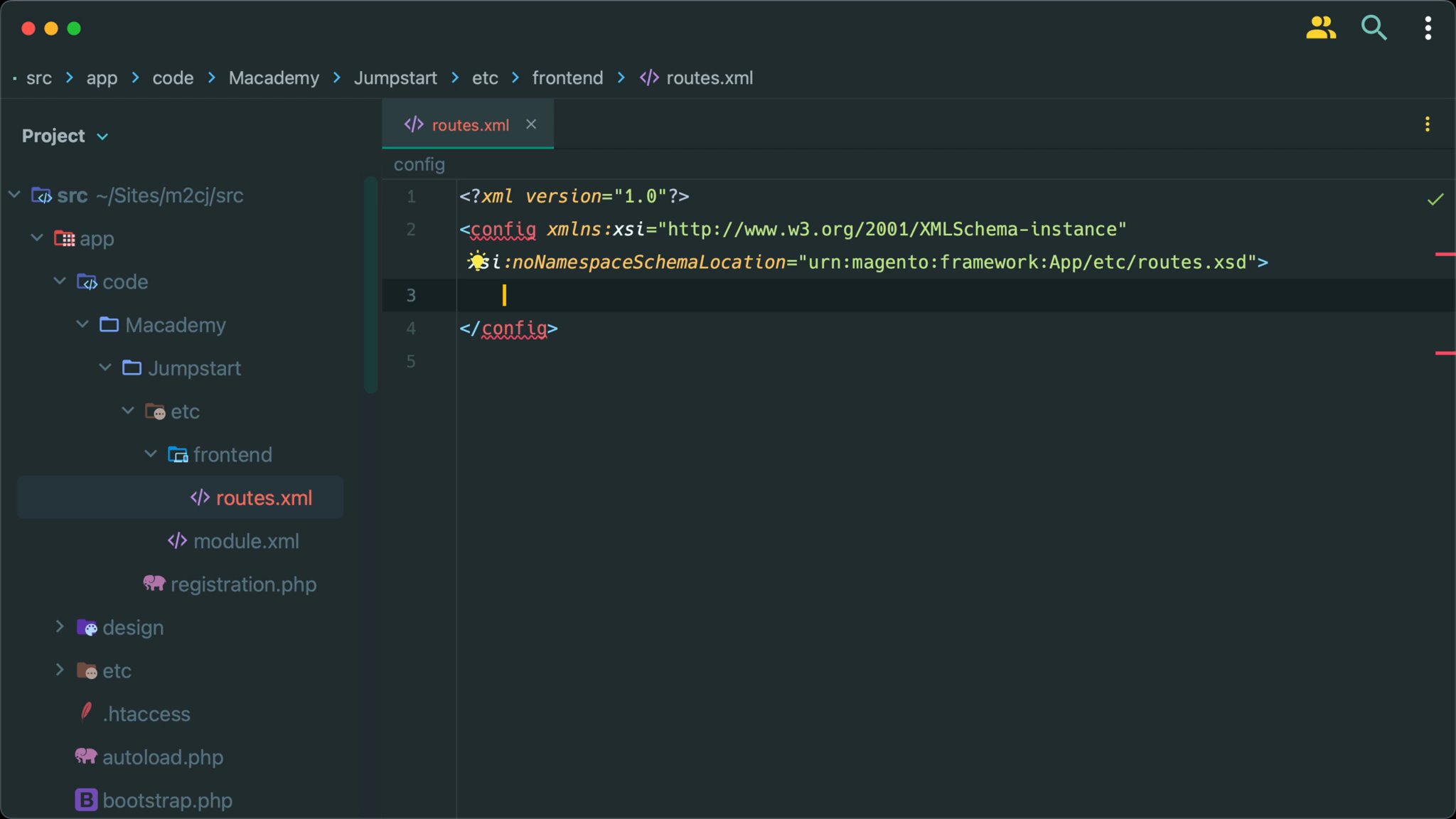MVC and routing in Magento
Learn how Magento's MVC architecture uses frontName, controllerName, and actionName for efficient URL routing and custom route creation.

Only available to enrolled or University students.
Join today to unlock all lessons in this course.
Learn how Magento's MVC architecture uses frontName, controllerName, and actionName for efficient URL routing and custom route creation.
Log in to start chatting!
Ask me anything.
Ask me anything.
Join the discussion!
Comments
Want to comment on this lesson?
Log in to leave comments.